Reader's Question:
Why does my cat scratch the side of the litter box? Lately, I've noticed this behavior happening more and more often, and it's starting to concern me. Could you offer any tips on how I can manage this and make sure my kitty remains happy and comfortable with her litter box?
Sarah J. from Phoenix, Arizona
Sarah, your keen eye for your cat's behavior is truly praiseworthy. It's quite common for cats to scratch the side of the litter box, and this could be a signal of their discomfort or a bit of anxiety.
But there's no need for alarm. I'm here to guide you through some gentle and effective strategies to ease this behavior and ensure your kitty remains comfortable and content.
Tailoring Litter to Your Cat's Preference
If you've noticed your cat scratching the side of the litter box, it might be their way of communicating discomfort with the current litter.
Cats are known for their particular tastes, especially when it comes to their litter. Their preference can range from clumping to non-clumping or even natural alternatives.
Experiment with different types to see which one resonates with your furry friend. It's a bit like finding the perfect pillow for a good night's sleep!
The Key to Cleanliness
A clean litter box is often a happy litter box. Regular scooping and litter changes are not just about odor control; they create an inviting space for your cat.
Make it part of your daily routine to keep the box fresh. For more on maintaining litter box cleanliness, have a look at our detailed guide.
Read more in this detailed guide on how often you should clean the litter box.
Multiple Boxes for Multiple Cats
If you’re a multi-cat household, providing enough litter boxes is essential – one for each cat, plus one extra. This ensures there's always a clean option available, reducing any tension or competition.
It's like having multiple bathrooms in a busy home! Dive deeper into this topic with our guide on how many litter boxes you'll need for 5 or 6 cats.
To learn more about this, read our guide: 5 or 6 Cats? Here’s How Many Litter Boxes You’ll Need
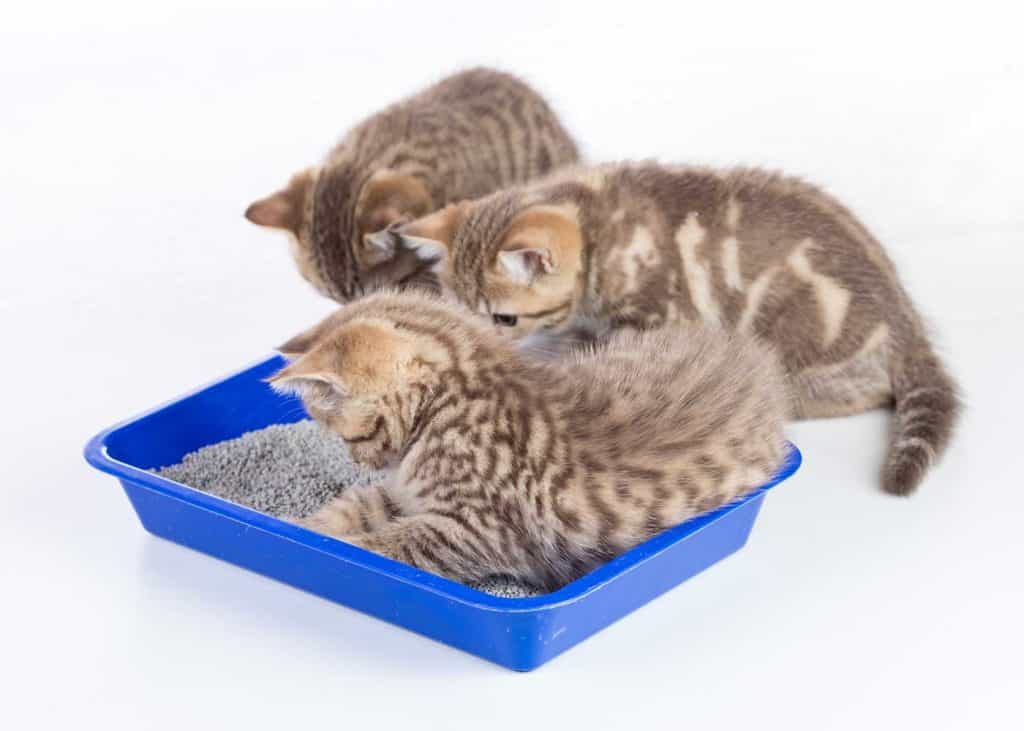
Strategic Placement of the Litter Box
When it comes to placing your litter box, it's like setting up a cozy nook for your cat. Choose a spot that's quiet, easy to reach, and private – think of it as their personal zen space.
Keep it away from their dining area (food and water bowls) because, just like us, cats prefer not to mix their eating and bathroom spaces.
For more thorough tips, consult our litter box placement guide.
Positive Reinforcement Tips
When your cat scratches the side of the litter box, instead of using it as intended, consider it a call for a little extra guidance and encouragement.
Remember, every time your cat uses the litter box correctly, it's an opportunity for a mini-celebration! A little praise or a tasty treat can do wonders in encouraging good litter box habits.
It's like giving a high-five for a job well done – a simple yet effective way to strengthen your bond and reinforce positive behavior.
Vet Visits: Keeping an Eye on Health
If your cat scratches the side of the litter box instead of the litter, it might signal a deeper issue that your vet can help identify.
It's always wise to play detective with your vet to rule out any health concerns, like urinary infections or stress-related issues. They're like the Sherlock Holmes of the cat world, ready to decipher even the most puzzling behaviors!
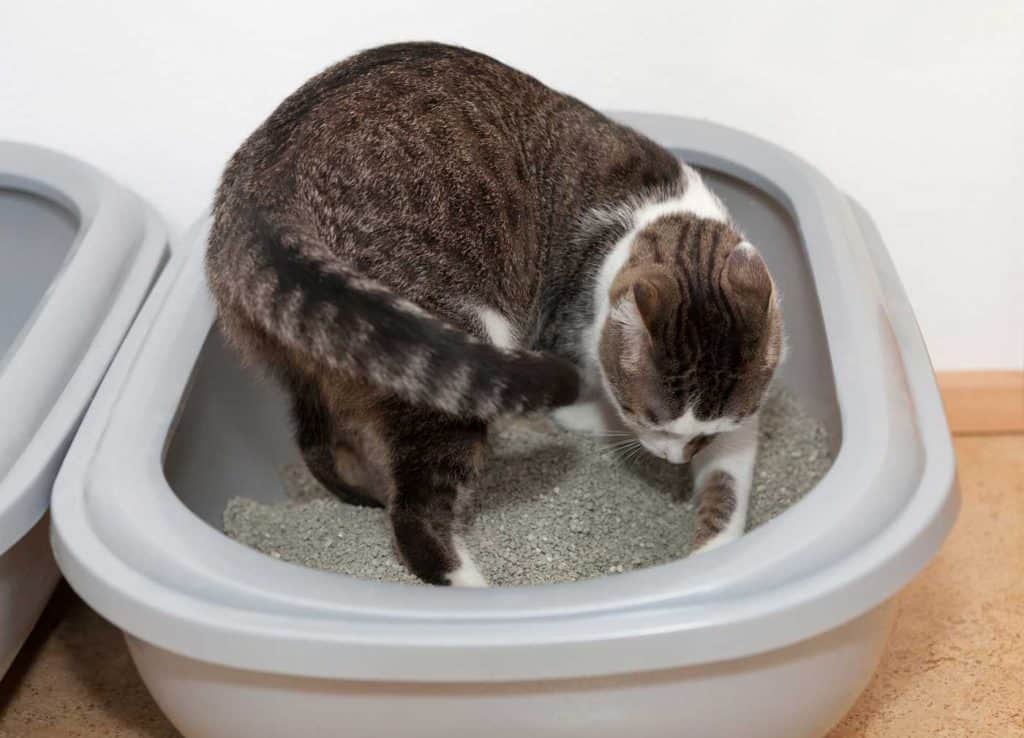
Final Thoughts: Your Cat's Unique Habits
As we've explored the question, "Why does my cat scratch the sides of the litter box?" it's clear that sometimes it's simply part of their unique personality.
There's no need for concern if it's merely a quirky habit. However, if you suspect it's a sign of discomfort, addressing it becomes important.
Remember, neglecting a dirty litter box or not addressing potential paw discomfort can escalate into larger issues.
But rest assured, if your cat's health and litter box conditions are in check, these little quirks only add to the charm of having a feline companion.
Use this image to add this article to your Pinterest board:
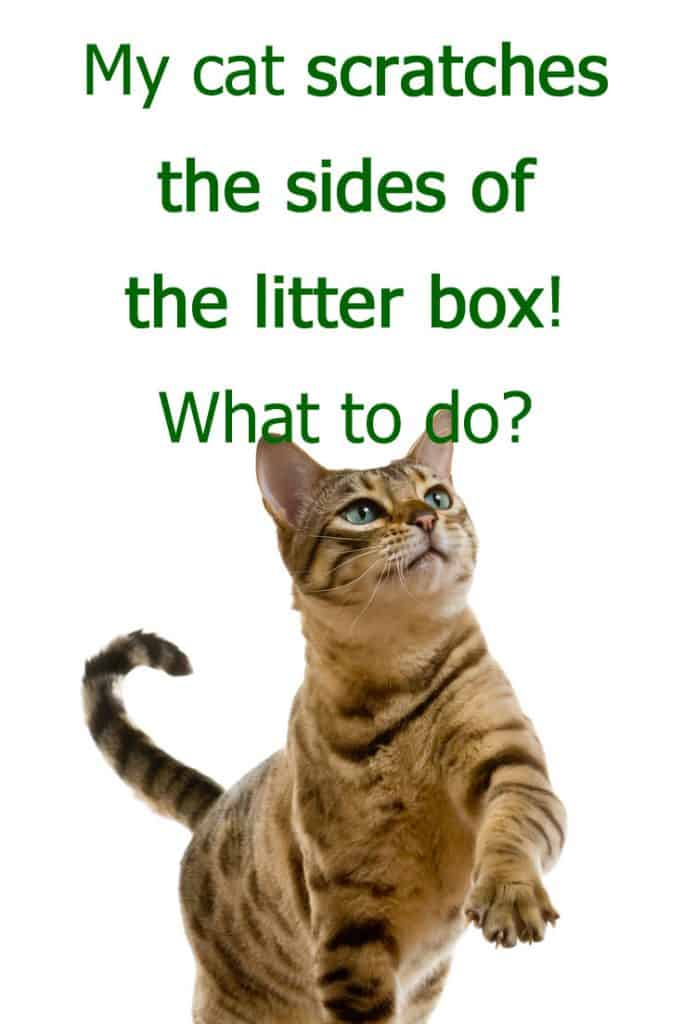

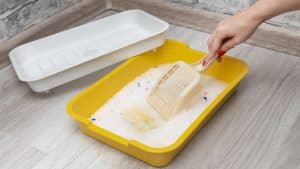

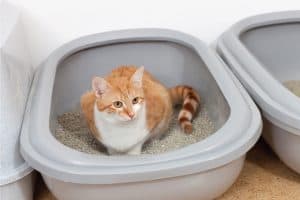
No one seems to address the litter stuck in paws. My boy is going to scratch so why isn’t there some scratcher to hang over the side of the litter box. Scratching smooth plastic for 20 mins (usually at 2am) is not good for either of us.
Who can afford to change litter entirely every day? When your cat needs an entire tub to fill the litter box, that’s several hundred dollars a week.
I’m in this same boat. My cat, who I’ve had for a year now, just decided he wants to scratch the sides of the litter box. There is no litter stuck in his paws, the box is cleaned three times a day, and the litter has been the same one used since he was only a few weeks old. Now, every time he uses the litter box, he decides to scratch excessively. He even scratches when the rest of his body is out of the box. Why? It is getting to the point where my landlord is about to get involved because my neighbors are being woken up.
Hi! I am in great same boat since I adopted my second kitten a year ago. Did you find something that worked for you? I am at my wits end…. excessively scratching the plastic at 4am every single morning. He has always done this also and every time I get up and say “Remi!!” and runs off 100mph bc he knows better. My older cat (4) can go perfectly fine.
He does it when it’s clean. In fact he will scratch around in the litter to make a pit but he will not cover it. Even when it’s fresh and clean. Grrrrr!
I agree with LW, the topic of the litter being stuck on the paws never had a resolution. I’ve been searching for a product I can adhere to the inside of the box to help my cat from having this problem.
I was told to add some soil from the garden to the cat box it seems to be working as well as probably not enough litter
I have 6 week old orphan kittens I’ve raised from birth and recently got them a real litter box, I opted for one w high sides to cut down on litter being thrown out but they paw at the sides and insist on rolling around and playing in it. I don’t know how to show them it’s not a play pit. They use it as a litter box and I clean it several times a day but I worry about them hanging out, cleaning themselves and wrestling around in the litter. I’m hesitant to keep removing them physically from the box because I don’t want them to avoid it altogether but they haven’t had a mother or other cats to teach them anything, and I am not sure what I should be doing and what will just come naturally. Any suggestions?
Hey beautiful, what you can do is get each of them their own litter boxes. Separate them for a while so they get used to it.